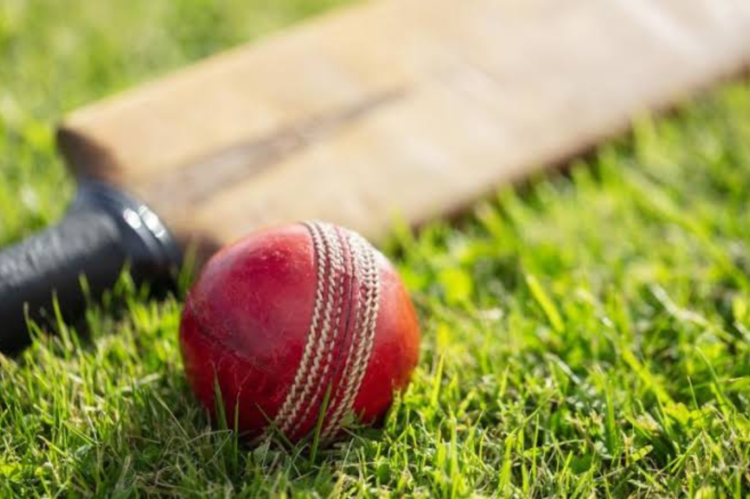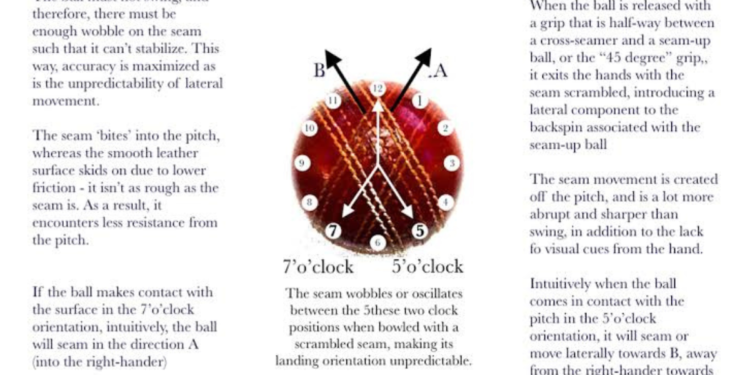The Origins of Cricket
Cricket, a sport known for its rich history and timeless appeal, has origins shrouded in the mists of time. While the exact beginnings of cricket remain a subject of some debate among historians, the earliest recorded mention of a game resembling cricket dates back to the 16th century. Back then, it was primarily played by children in the English countryside, using rudimentary equipment and simple rules.
As the game gained popularity, it began to evolve, with more structured rules and regulations starting to emerge. Over time, cricket became more formalized, with matches played between organized teams in various regions of England. The sport gradually developed into a pastime enjoyed by people of all ages and social classes, paving the way for the modern version of cricket that we know today.
The Evolution of Cricket
Cricket has undeniably evolved over the centuries, transforming from its rudimentary roots into a sophisticated and globally-loved sport. The changes in equipment, playing styles, and even the pitch conditions have been instrumental in shaping the game as we know it today.
One significant aspect of cricket’s evolution is the professionalization of the sport. From its humble beginnings played by shepherds and farmers on village greens, cricket has become a highly competitive and organized sport with international leagues and multi-million-dollar contracts for players around the world. This transition has brought about a significant increase in the popularity and commercialization of the game, attracting a massive fan base and securing cricket’s status as one of the most widely played sports globally.
Early Forms of Cricket
Cricket’s earliest forms can be traced back to the medieval period, where it was played in various versions across England. These rudimentary games involved hitting a ball with a stick or bat and have been documented as far back as the 13th century. The rules and structures of the game were fluid, evolving along with the shifting social and cultural landscapes of the time.
One of the most notable early forms of cricket was known as “stool ball,” which was played by both men and women. In this variation, a stool or target was placed as a wicket, and the batter aimed to hit it with a ball. As the game continued to develop, more standardized rules and regulations began to shape the sport into what we recognize as modern cricket today.
The Spread of Cricket
Cricket soon journeyed beyond the serene English greens where it first took root. It traversed waters and continents, finding enthusiastic followers in diverse corners of the globe. As colonial powers expanded their reach, so too did the game of cricket, spreading its appeal far and wide.
The rhythmic sound of bat meeting ball echoed through the corridors of schools in India, Sri Lanka, and the West Indies. Enthusiasts in Australia and New Zealand embraced cricket as a beloved pastime. The sport’s popularity surged in countries like South Africa and Zimbabwe, where cricket became a unifying force during tumultuous times.
The Development of Cricket Rules
Cricket has a long and storied history that dates back centuries. As the game evolved and gained popularity, so too did the need for standardized rules to ensure consistency and fair play. The development of cricket rules can be traced back to the 18th century when the Laws of Cricket were first codified to govern various aspects of the sport.
Over the years, the rules of cricket have undergone several revisions to adapt to changing playing conditions and practices. One of the key figures in shaping modern cricket rules was the Marylebone Cricket Club (MCC), which took the lead in updating and clarifying the Laws of Cricket. These rules cover everything from the size and weight of the ball to the dimensions of the playing field, ensuring that the game is played in a fair and competitive manner.























